Rapidly growing Earth-faced Sunspot 1363 harbors energy for M-class solar flares
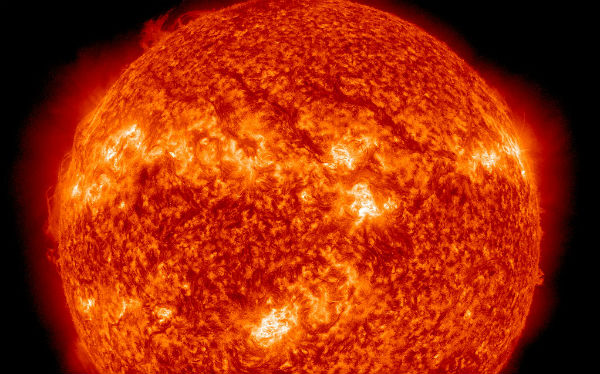
Sunspot AR1363 is growing rapidly, more than doubling in size since Friday. A 48-hour movie from NASA’s SOlar Dynamic Observatory shows the expansion:
The active region has a “beta-gamma” magnetic field that harbors energy for M-class solar flares. Because of AR1363’s location near the center of the solar disk, any such eruptions in the days ahead would be Earth-directed.
Solar wind
speed: 408.2 km/sec
density: 2.7 protons/cm3
The Radio Sun
10.7 cm flux: 160 sfu
Planetary K-index
Now: Kp= 0 quiet
24-hr max: Kp= 2 quiet
Interplanetary Mag. Field
Btotal: 3.6 nT
Bz: 0.6 nT south

Joint USAF/NOAA Report of Solar and Geophysical Activity (04 Dec 2011)
Region 1363 (S21E04) continues to grow in sunspot number and magnetic complexity (beta-gamma-delta). The largest event of the period was a C4 x-ray event at 04/1615Z from Region 1362 (N08W18). New region 1367 (S18E36) emerged on the disk early in the period. Solar activity is expected to be at low levels with a chance for M-class x-ray events for the next three days (05-07 December).The geomagnetic field has been at predominantly quiet levels for the past 24 hours. An isolated period at minor storm levels was observed at high latitudes, due to weak coronal hole high speed stream effects. The geomagnetic field is expected to be at predominantly quiet levels for the next three days (05-07 December).
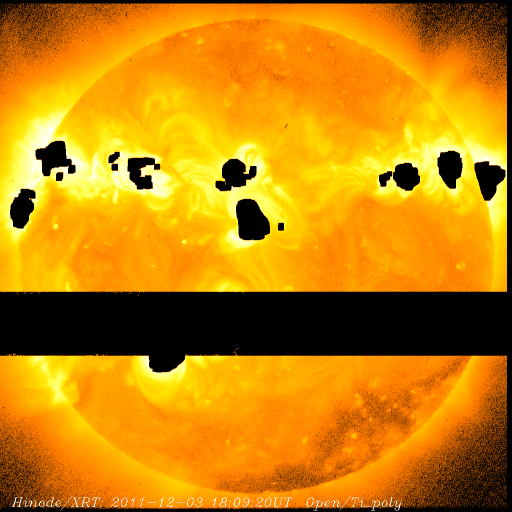
Aurora watch
Last night on the border between Russia and Norway, the sky suddenly erupted in color. During the outburst, Jupiter was surrounded by streamers of green light. Auroras like these have been flickering and surging around the Arctic Circle for days. The source of the displays is a solar wind stream, which has been buffeting Earth’s magnetic field since the month began. NOAA forecasters estimate a 13% chance of more polar geomagnetic activity tonight. (SpaceWeather)
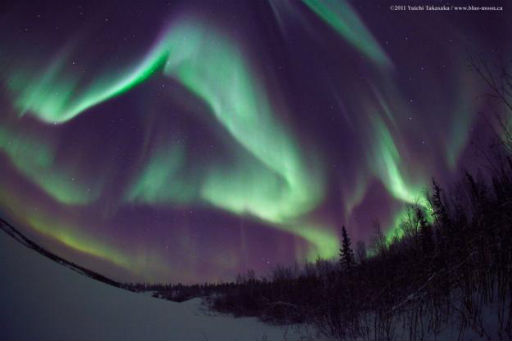
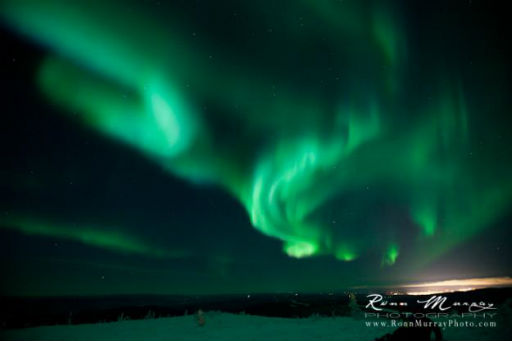
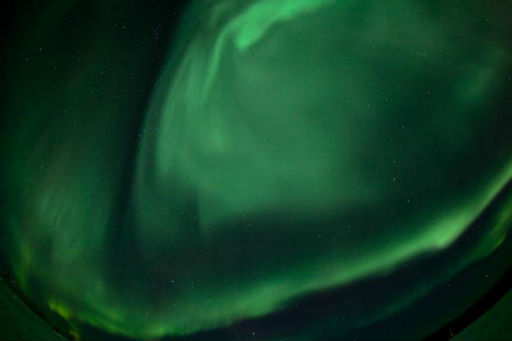

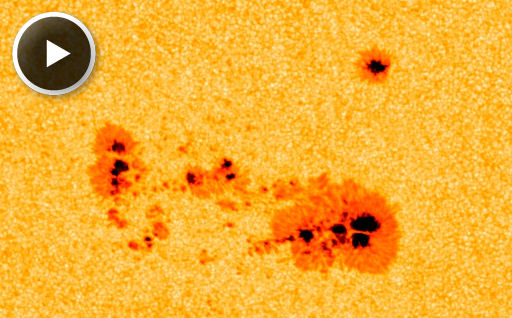
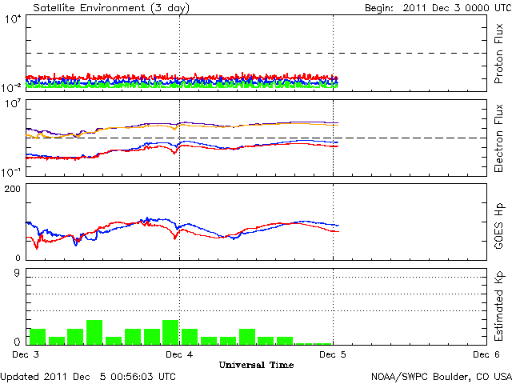

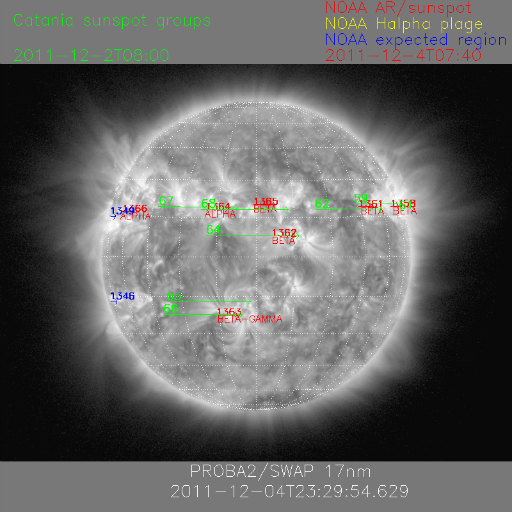
It is a pity the science don’t know the right causes and sources of these phenomena.
Only with the instruments isn’t possible any access in these happendings. I needs have other method.
REGARDS,
Nikola